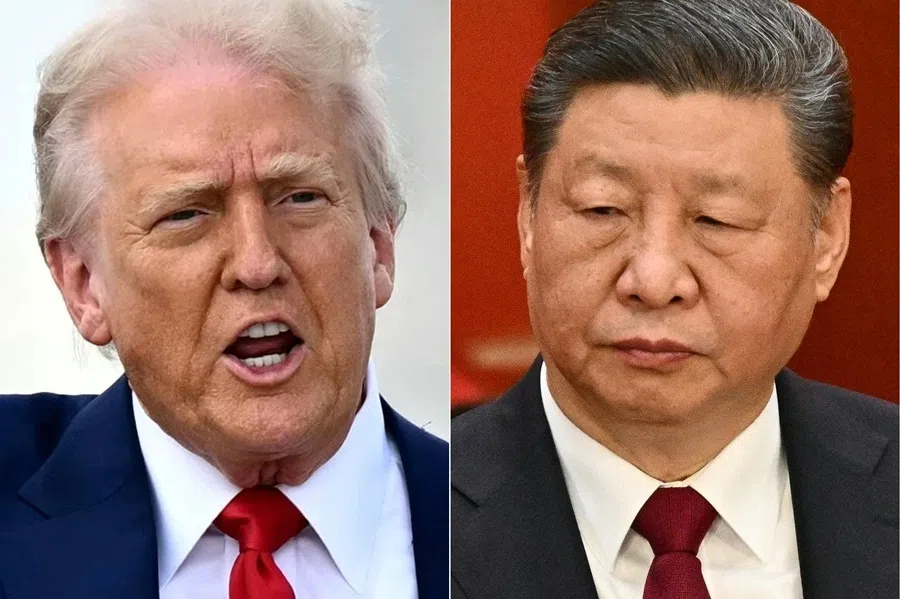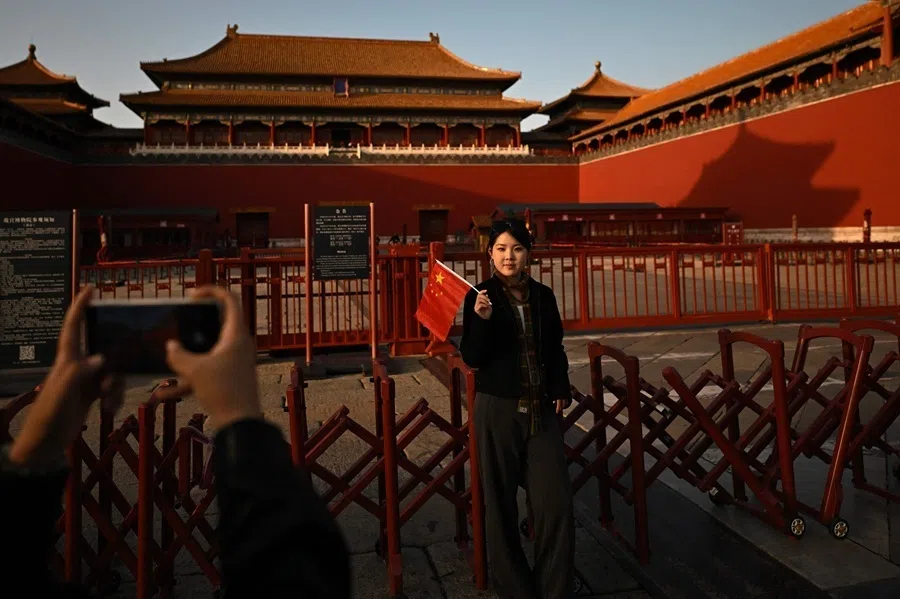Damascus calling: Can China afford to sit out Syria’s reconstruction?
Syria’s long isolation is ending. As the US eyes a military foothold and foreign investment pours in, Beijing faces a delicate balance: protect its strategic interests, counter extremist threats, and avoid being sidelined in Syria’s reconstruction. Academic Alessandro Arduino tells us more.

For more than a decade, China has deepened its footprint across the Middle East, from energy deals in the Gulf to technology and infrastructure projects stretching from Cairo to Riyadh. Yet Syria has remained largely outside Beijing’s orbit. That may be about to change.
Syrian President Ahmed al-Sharaa, once branded a terrorist with a US$10 million bounty on his head, is reemerging on the world stage as a political pragmatist. His upcoming visit to Washington in early November, where he is expected to meet US President Donald Trump, will be centred on reconstruction and counter terrorism. Syria’s foreign minister Asaad al-Shaibani is also preparing a visit to Beijing in what both sides are looking to restart a diplomatic engagement.
As the World Bank estimates that rebuilding Syria will cost at least US$216 billion, regional powers have already begun staking their claims.
Syria opens doors to global capital
Al-Sharaa’s rehabilitation, carefully crafted to appeal to Western capitals while avoiding trouble at home, has unfolded at remarkable speed. In Saudi Arabia on 14 May, during a summit hosted by Crown Prince Mohammed bin Salman, Trump stunned observers by praising al-Sharaa as a “tough guy” with a “very strong past”, and pledging the lifting of sanctions on Damascus. That decision effectively opened the door for foreign investment in a country devastated by 14 years of war in a conflict that has killed more than 528,000 people, according to the Syrian Observatory for Human Rights.
Removing the restrictions that have cut Syria off from the global financial system is enabling a broader engagement by aid organisations and spurring foreign investment and trade. As the World Bank estimates that rebuilding Syria will cost at least US$216 billion, regional powers have already begun staking their claims.

Qatar recently signed a US$7 billion energy agreement, Saudi Arabia has pledged US$6.4 billion in infrastructure and real estate projects, the UAE is set to manage the key logistics hub of Tartus, and Turkey is leading reconstruction efforts in energy and transport, while providing training and materiel for the new Syrian army. The war may be over, but Syria’s peace remains fragile. Sectarian tensions still simmer, and the Islamic State is seeking to regroup by attempting to free thousands of its fighters held in Kurdish-run prisons.
Washington eyes Syria
When al-Sharaa visits Washington, discussions are expected to centre on reconstruction efforts, and probably on setting the boundaries of Syria’s evolving relationship with Israel. Recently, the Israel Defense Forces (IDF) carried out airstrikes in southern Syria in the province of Sweida, claiming to protect the Druze minority and deter assaults by Syrian government forces, while establishing a de-facto buffer zone along the strategic Golan Heights.
It remains premature to assess the effects of any renewed US focus on Syria, especially given the unpredictability of American policy.
The US is reportedly eyeing a military presence at a Damascus airbase to back a Syria-Israel security pact, with counterterrorism and Syria’s potential Abraham Accords entry dominating talks, though any deal could include conditions — possibly a “no-China” clause tailored to satisfy the tycoon’s deal-making instincts.
Following a pattern seen across the Middle East and North Africa (MENA) region, Washington could move to discourage Chinese investment in Syria, particularly in sectors involving advanced technology and telecommunications, where Chinese equipment could provide Beijing with a long-term strategic advantage in expanding the Belt and Road Initiative.
It remains premature to assess the effects of any renewed US focus on Syria, especially given the unpredictability of American policy. However, a stable and recovering Syria would serve the collective interests of regional and international actors and, most importantly, of the Syrian people, who continue to bear the scars of more than a decade of conflict.

For now, China is proceeding cautiously, adopting a wait-and-see approach. Under former President Bashar al-Assad, Syria had hoped for large-scale Chinese investment, but Beijing limited its support to humanitarian aid and pandemic relief. Shaibani’s future visit to Beijing signals an attempt to revive those ambitions and advance bilateral relations, despite China’s prior “strategic partnership” with the ousted regime.
Beijing faces a strategic dilemma: engage with Syria’s new political reality or risk being sidelined in a country at the heart of the Middle East’s next phase of reconstruction.
China’s strategic dilemma
Damascus’s message is clear: it views China as essential to its reconstruction, but Beijing’s interests, however, extend beyond economics. Chinese officials have long expressed concern about extremist networks breeding in Syria that could export instability from the Middle East into Central Asia, particularly through Uighur militants.
Among Syria’s estimated 3,500 Uighur fighters, some are now being integrated into its newly formed 84th Division, a military unit that aims to absorb foreign combatants into the state apparatus. Nevertheless, if Syria’s rehabilitation falters and the migration of Uighur from Turkey to Syria continues to rise, China’s regional strategy could come under serious strain.
As Turkey arms and trains Syria’s reconstituted army, Gulf nations pour billions into rebuilding, and Russia is trying to secure back its foothold in Tartus while hosting al-Assad in exile, Beijing faces a strategic dilemma: engage with Syria’s new political reality or risk being sidelined in a country at the heart of the Middle East’s next phase of reconstruction.
After mediating the Saudi-Iran rapprochement in 2023, China’s regional diplomacy has largely slowed. Though Beijing continues to emphasise support for Middle Eastern nations seeking their own paths to development, a greater role in Syria, where security and rebuilding efforts are intertwined, would be a crucial test of its ability to translate economic influence into strategic power. Yet with tensions between Israel and Iran threatening once again to erupt, China’s long-cautious approach to the region may soon collide with the urgency of events on the ground.





